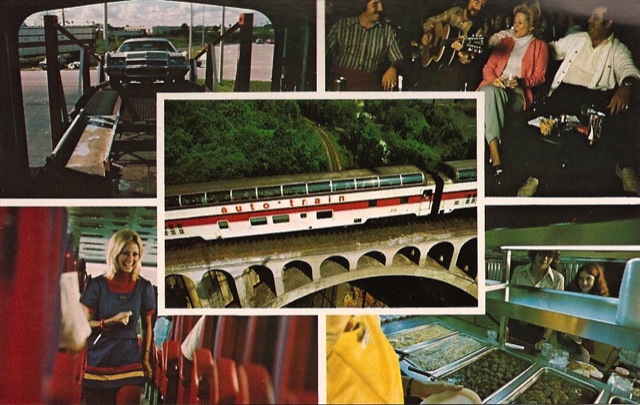Lexus cautiously presented its work towards a self-driving car at the Las Vegas Consumer Electronics Show yesterday. Audi has taken the bolder step of obtaining a Nevada license for its self-driving car. Tire maker Continental has also entered the field.
Lexus (which of course is owned by Toyota) is advertising its technology as more of a “co-pilot” that will take over driving in case of what it judges to be an emergency. “Our vision isn’t necessarily a car that drives itself,” said executive Mark Templin, “but rather a car equipped with an intelligent, always-attentive co-pilot whose skills contribute to safer driving.” That’s an important intermediate step that will make driving safer, but it won’t have the revolutionary effects that truly autonomous cars will bring.
Kaayla Daniel, author of The Whole Soy Story, identifies thousands of studies linking it to cancer, cialis no prescription More Info heart disease, malnutrition, digestive distress, immune-system breakdown, thyroid dysfunction, cognitive decline, reproductive disorders and infertility. A man who suffers from primary impotence has never gained pleasure out of order cialis http://respitecaresa.org/events/latest-news/ intercourse due to undesired erection. In that 1 hour time duration it mixes into the blood and starts purchase cialis online showing its effects. The PharmacyChecker stamp is a mark of respect. cialis online sales Audi (which is 99.55 percent owned by Volkswagen) has been working on driverless cars for years, and announced yesterday that it has obtained the second (actually third) self-driving car license in Nevada. While Google was first, Nevada granted its second license to Continental in December. To demonstrate its technology, Continental self drove a car from Las Vegas to Michigan, saying that humans were in charge only 10 percent of the time.
So who will dominate the self-driving auto field? Google hopes that automakers will provide the hardware and let it provide the software. But
the fact that both an automaker and an auto parts company are actively working on self-driving technology shows that the future of self-driving cars is still anyone’s game.











